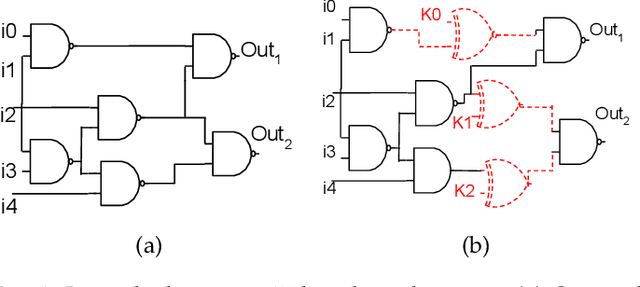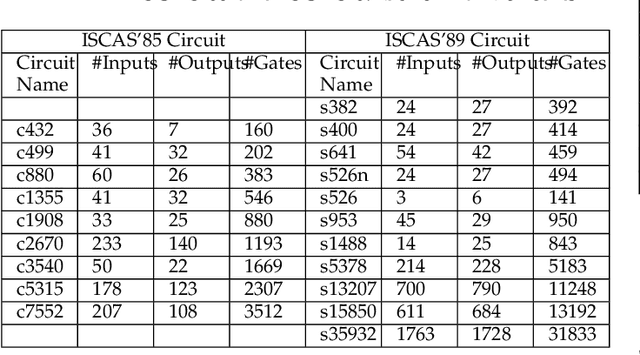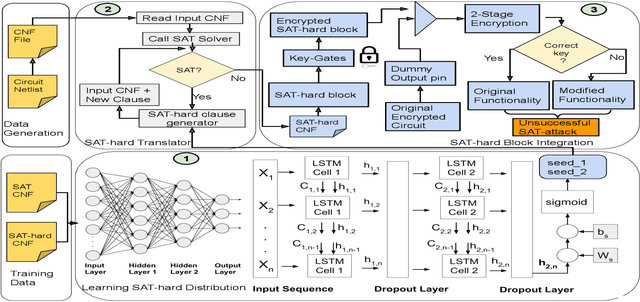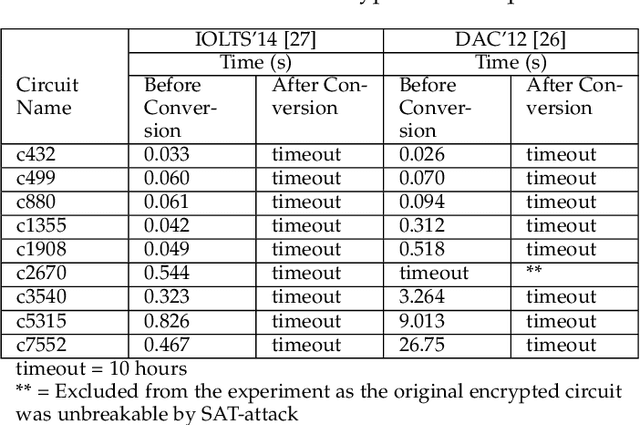Rakibul Hassan
Generative AI-Based Effective Malware Detection for Embedded Computing Systems
Apr 12, 2024Abstract:One of the pivotal security threats for the embedded computing systems is malicious software a.k.a malware. With efficiency and efficacy, Machine Learning (ML) has been widely adopted for malware detection in recent times. Despite being efficient, the existing techniques require a tremendous number of benign and malware samples for training and modeling an efficient malware detector. Furthermore, such constraints limit the detection of emerging malware samples due to the lack of sufficient malware samples required for efficient training. To address such concerns, we introduce a code-aware data generation technique that generates multiple mutated samples of the limitedly seen malware by the devices. Loss minimization ensures that the generated samples closely mimic the limitedly seen malware and mitigate the impractical samples. Such developed malware is further incorporated into the training set to formulate the model that can efficiently detect the emerging malware despite having limited exposure. The experimental results demonstrates that the proposed technique achieves an accuracy of 90% in detecting limitedly seen malware, which is approximately 3x more than the accuracy attained by state-of-the-art techniques.
A Neural Network-based SAT-Resilient Obfuscation Towards Enhanced Logic Locking
Sep 13, 2022



Abstract:Logic obfuscation is introduced as a pivotal defense against multiple hardware threats on Integrated Circuits (ICs), including reverse engineering (RE) and intellectual property (IP) theft. The effectiveness of logic obfuscation is challenged by the recently introduced Boolean satisfiability (SAT) attack and its variants. A plethora of countermeasures has also been proposed to thwart the SAT attack. Irrespective of the implemented defense against SAT attacks, large power, performance, and area overheads are indispensable. In contrast, we propose a cognitive solution: a neural network-based unSAT clause translator, SATConda, that incurs a minimal area and power overhead while preserving the original functionality with impenetrable security. SATConda is incubated with an unSAT clause generator that translates the existing conjunctive normal form (CNF) through minimal perturbations such as the inclusion of pair of inverters or buffers or adding a new lightweight unSAT block depending on the provided CNF. For efficient unSAT clause generation, SATConda is equipped with a multi-layer neural network that first learns the dependencies of features (literals and clauses), followed by a long-short-term-memory (LSTM) network to validate and backpropagate the SAT-hardness for better learning and translation. Our proposed SATConda is evaluated on ISCAS85 and ISCAS89 benchmarks and is seen to defend against multiple state-of-the-art successfully SAT attacks devised for hardware RE. In addition, we also evaluate our proposed SATCondas empirical performance against MiniSAT, Lingeling and Glucose SAT solvers that form the base for numerous existing deobfuscation SAT attacks.
 Add to Chrome
Add to Chrome Add to Firefox
Add to Firefox Add to Edge
Add to Edge